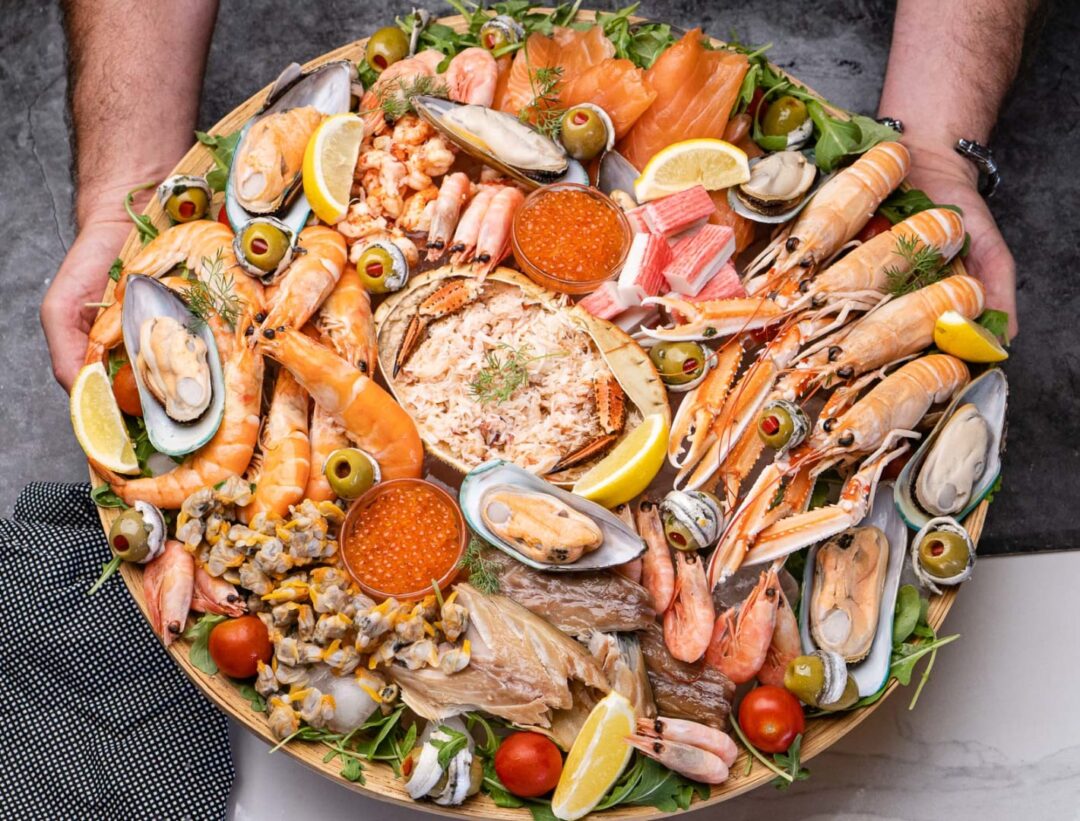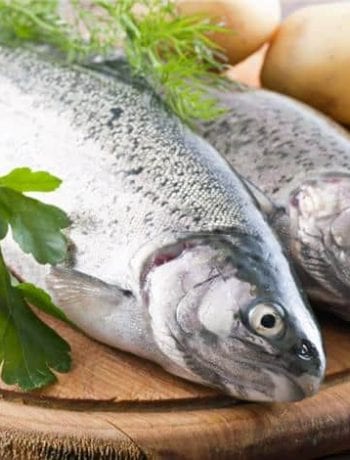Nothing beats whipping up a storm in the kitchen using fresh, nearby items, as any foodie will attest. Fresh-off-the-market produce is tastier, more flavorful, and lasts longer. To ensure you get the freshest catch of the day through Ishavet, there were a few tips you should know while shopping for seafood. Here, we look into the tips for choosing the best seafood, offering valuable tips to ensure every seafood dish you create is a delectable masterpiece.
What is known as Fresh Frozen fish?
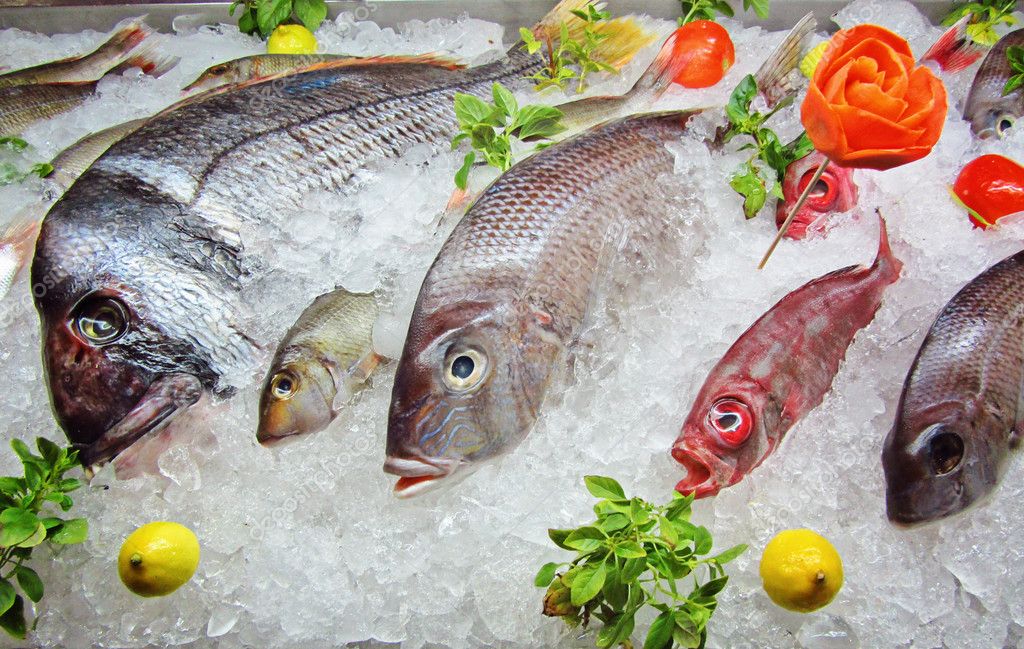
Source: depositphotos.com
The term “fresh” when referring to seafood is typically used to describe seafood that has not got frozen. However, the word “frozen” doesn’t always carry a negative meaning. When making a purchase, consider the quality of the product. Frozen fish may be a better option than fresh seafood. When fish is marked “freshly frozen” on products, it means it got frozen when still fresh, sometimes just hours after harvest. Fishery goods that have been frozen and thawed for retail sale should be marked “previously frozen.”
Purchase of Frozen Seafood:
When fish is at its freshest, it gets frozen for commercial use. The freezer case now offers customers a large selection of seafood that is of the highest quality and is healthy. Frozen fish is similar to fresh fish once it has got thawed. Tight-fitting, moisture-proof packaging should get used to package frozen fish and shellfish. Choose your products from the freezer case’s lower load line.
Look for packages that are still in their original shape, have wrapping on them, and have little to no ice that can get seen. Seafood should be fully frozen like Ishavet does, devoid of freezer burn indicators like discoloration or surface drying, and odorless. The same rules apply to seafood that has been prepared and frozen, such as fish sticks, crab cakes, or breaded shrimp.
Whole Fish:
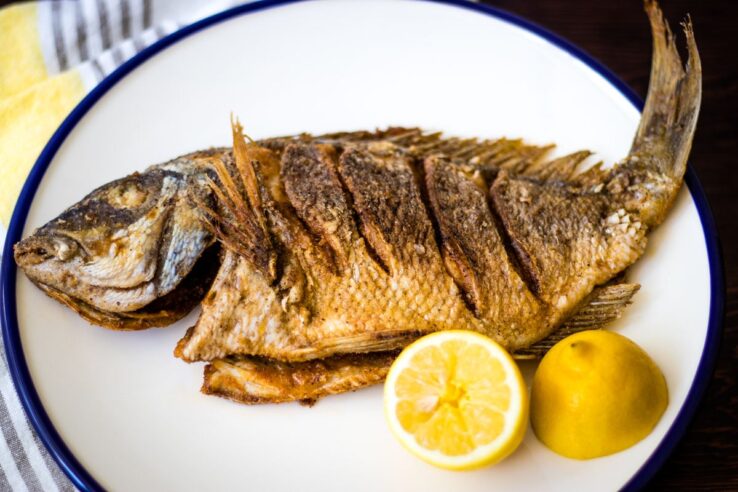
Source: wecountcarbs.com
No of the kind, entire fish have distinct qualities that signify freshness. Their eyes have to be large, brilliant, and often projecting. The eyes of the fish grow hazy, pink, and sunken as their freshness wanes. The gills need to be vibrant pink or crimson. Fish with grey, brown, or green gills should get avoided. No loose or sloughing slime should be present on fresh fish.
When lightly touched with a finger, the flesh should be elastic yet strong, springing back. Over time, the flesh softens and separates from the bone. A complete and fresh fish should have lustrous skin and tightly-attached scales. A fish’s distinctive colors and patterns begin to wane as soon as it emerges from the water, but the skin should still be glossy and brilliant.
Shellfish:
They can get purchased cooked, fresh-shucked, or alive. Different quality indicators for each shape and species should get looked at. The shells of live clams, oysters, or mussels should seem wet and get securely shut. Ask your retailer to tap the shells if they slightly gape. Avoid buying shells that are fractured or do not shut. An oyster’s bottom shell should get firmly cupped, indicating that the oyster inside is large and well-formed. Soft-shelled clams’ “neck” or “snout” should wiggle while being handled. Freshly shucked clams, oysters, and mussels should have flesh that is ripe and coated in their fluid.
Seasonality Matters:
Just like fruits and vegetables, seafood also has its seasons. Different species of fish and shellfish are more abundant and flavorful during specific times of the year. Research the seasonal availability of your desired seafood in your region to ensure you’re getting the freshest catch. Not only will this guarantee superior taste, but it also supports sustainable fishing practices.
The Nose Knows:
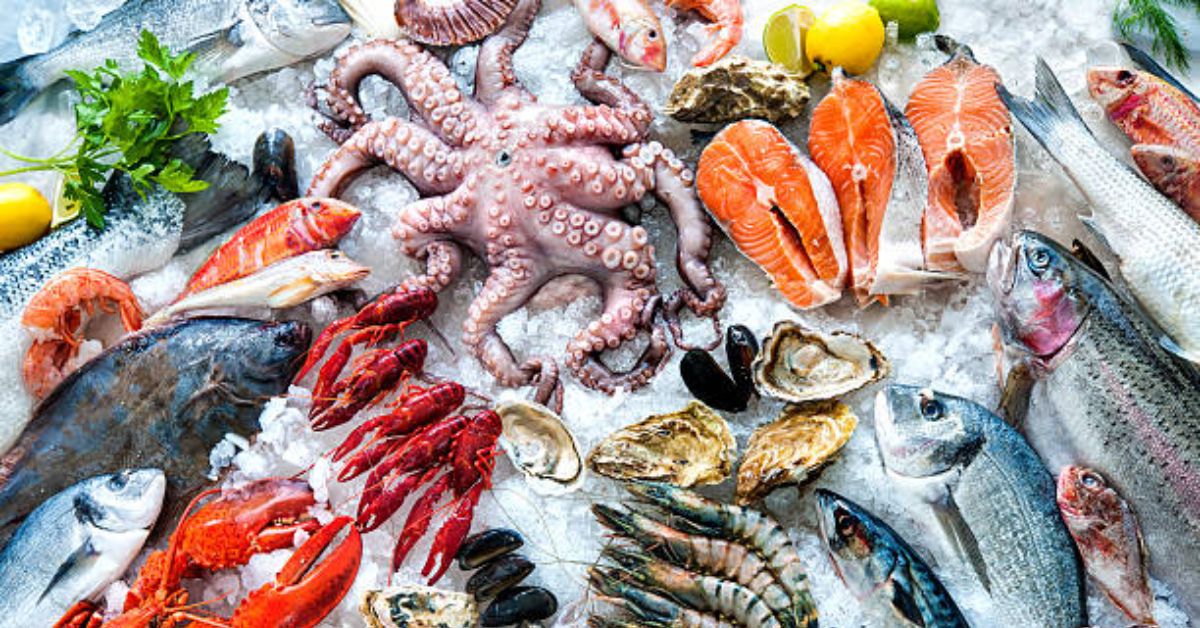
Source: sucofindo.co.id
Your sense of smell can be your best ally in selecting the finest seafood. Fresh seafood should have a clean, briny scent reminiscent of the sea. Avoid any fishy or ammonia-like odors, as these could be indications of spoilage. Your nose can provide valuable insights into the freshness and quality of the seafood you’re considering.
Handling and Storage:
Once you’ve brought your chosen seafood home, proper handling and storage are crucial to maintaining its quality. Seafood should get stored in the coldest part of your refrigerator, ideally at temperatures between 32°F and 38°F (0°C to 3°C). It is recommended to use or cook seafood as soon as possible to ensure optimal taste and freshness.
Cooking Techniques and Pairings:
When selecting seafood, consider the cooking techniques and dishes you plan to prepare. Certain types of fish and shellfish excel in specific cooking methods. For example, delicate fish like sole or flounder are ideal for baking or pan-searing, while robust varieties like salmon and tuna are perfect for grilling. Research different cooking techniques and seafood pairings to make the most of your culinary creations.

